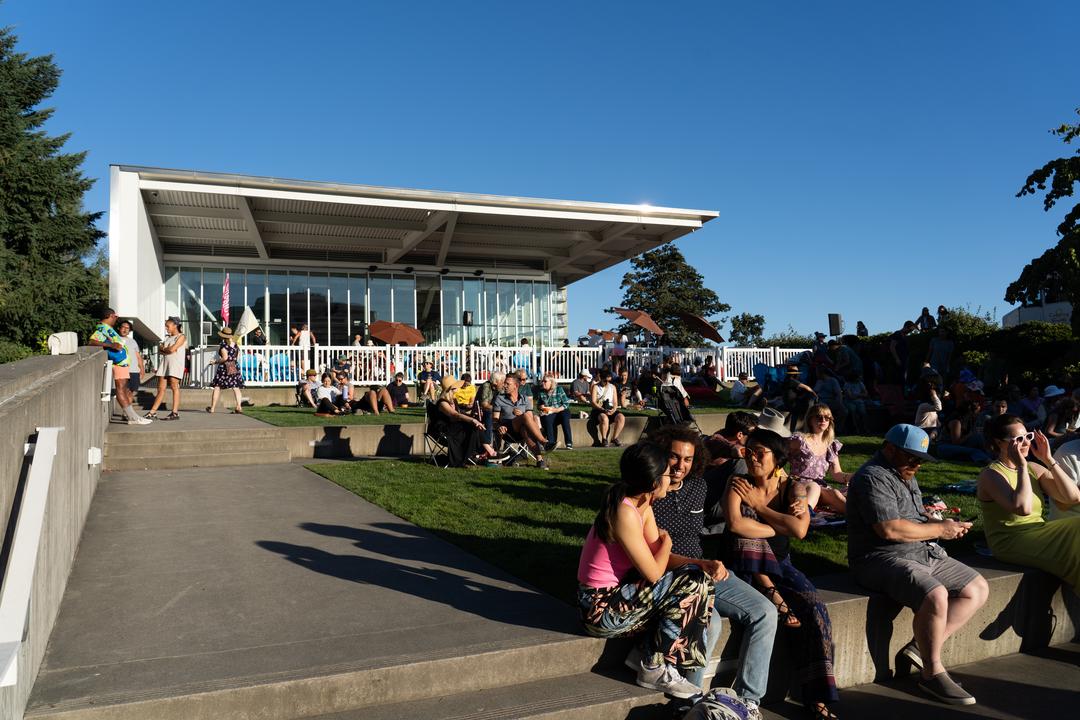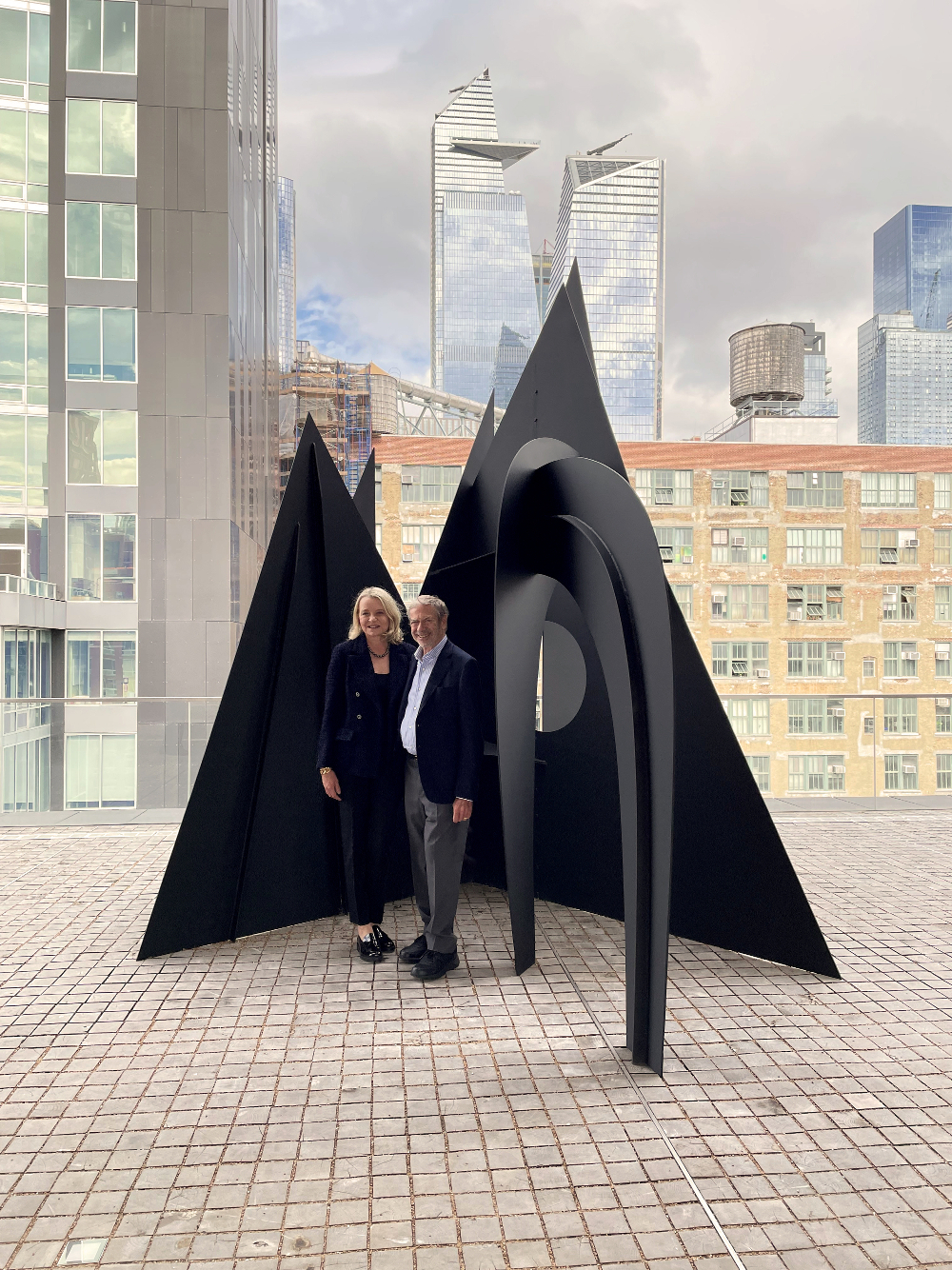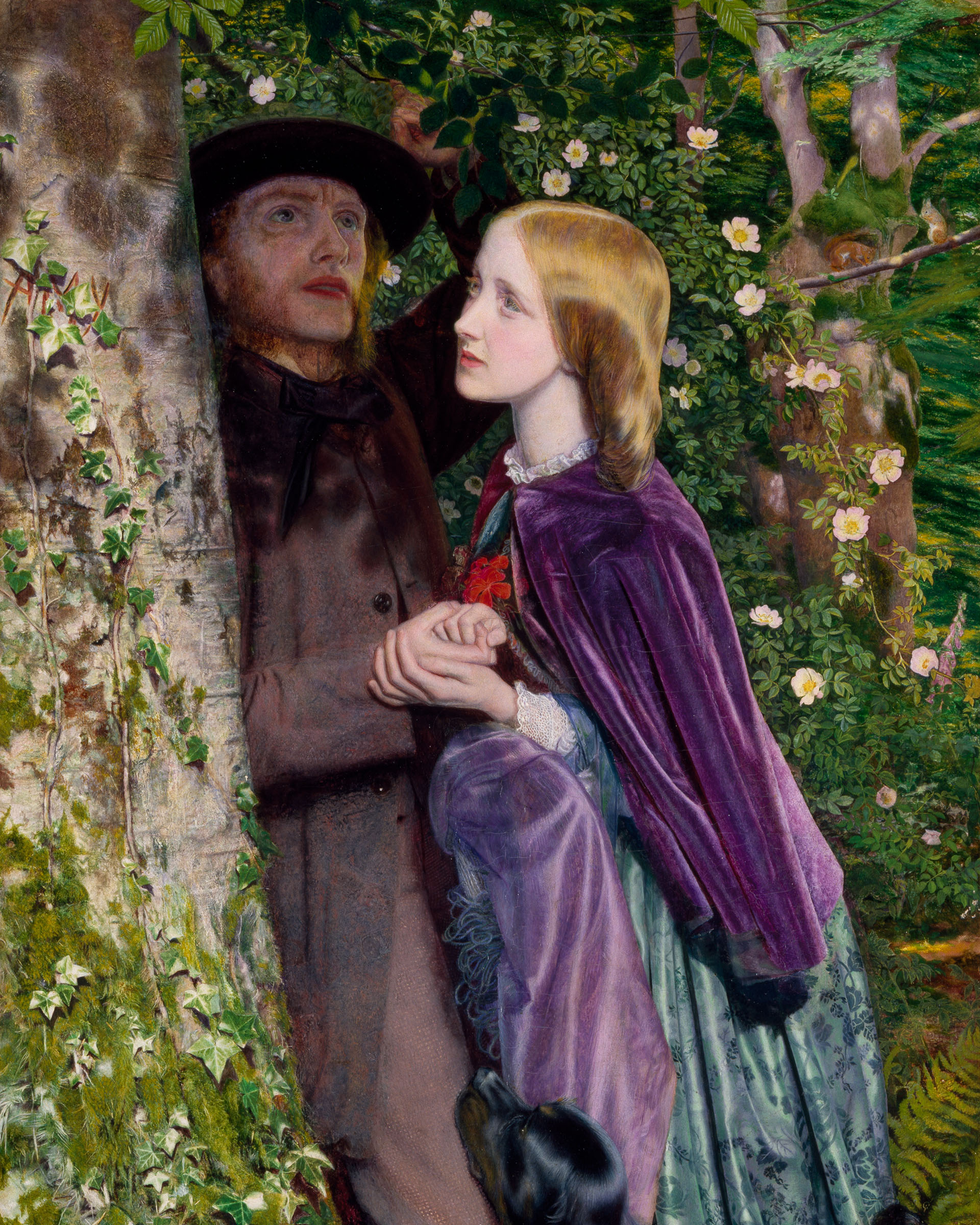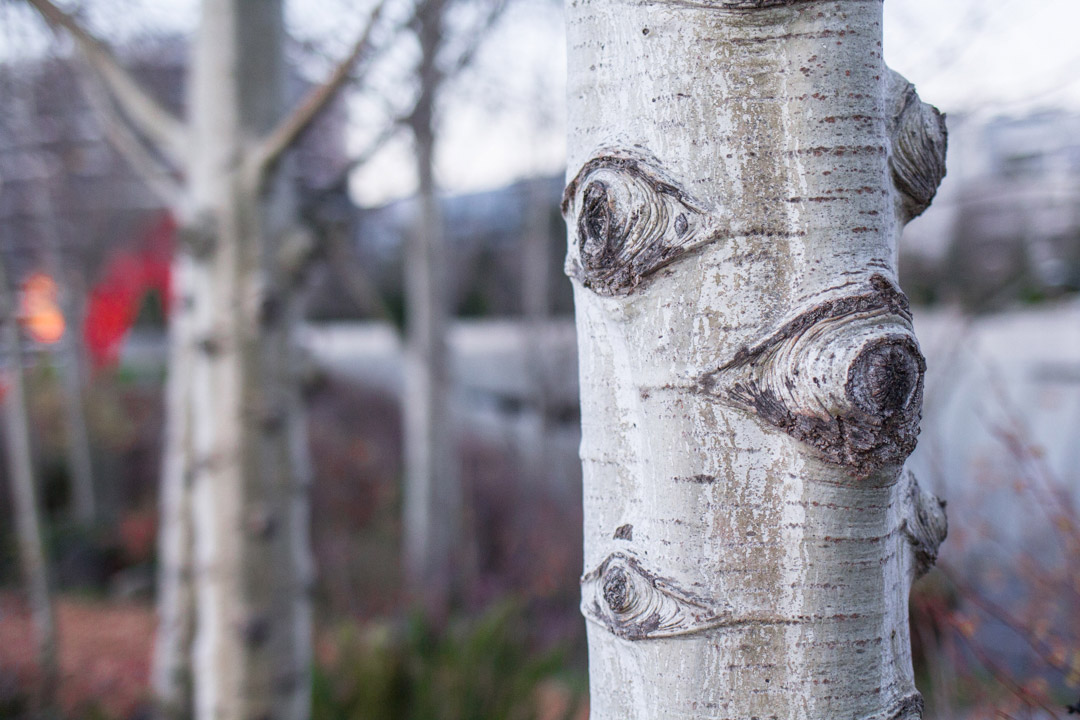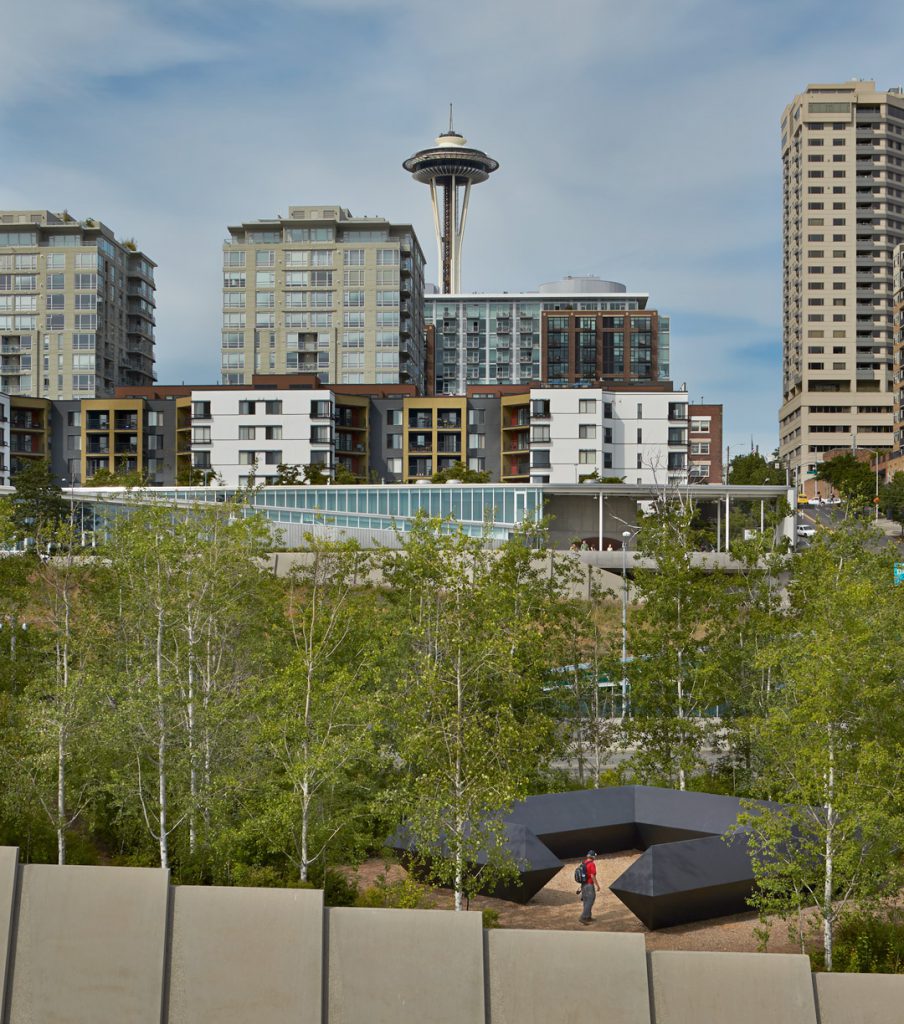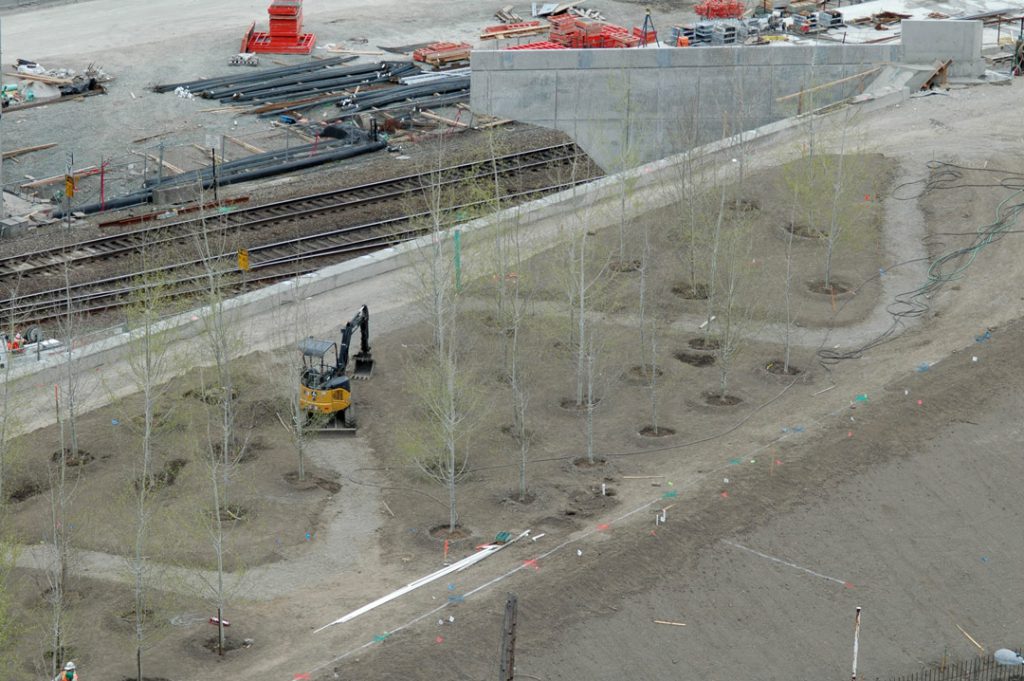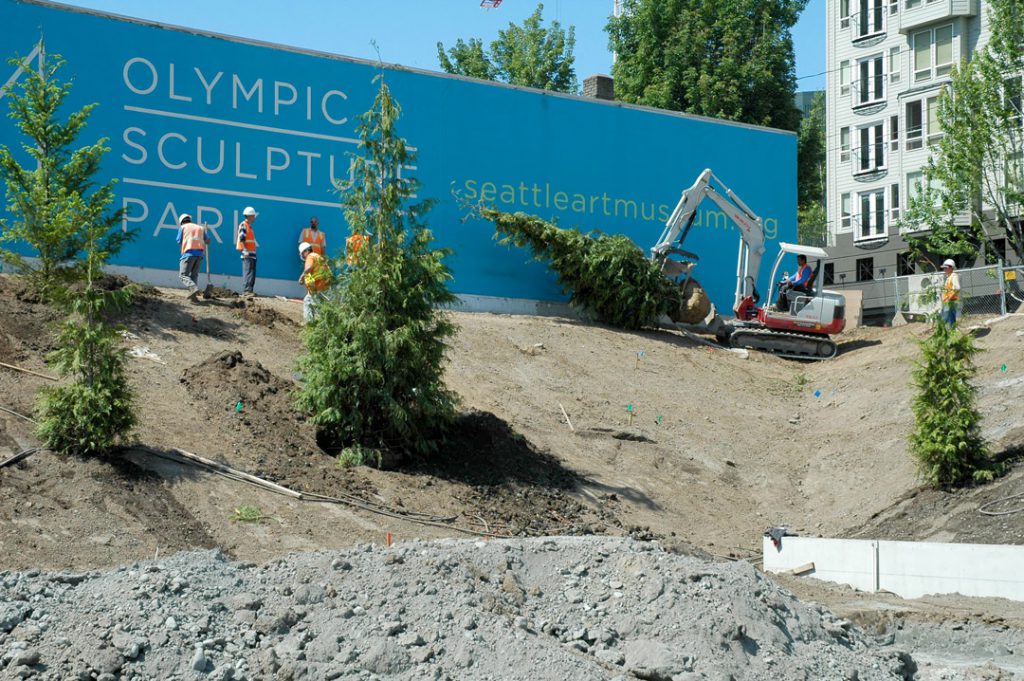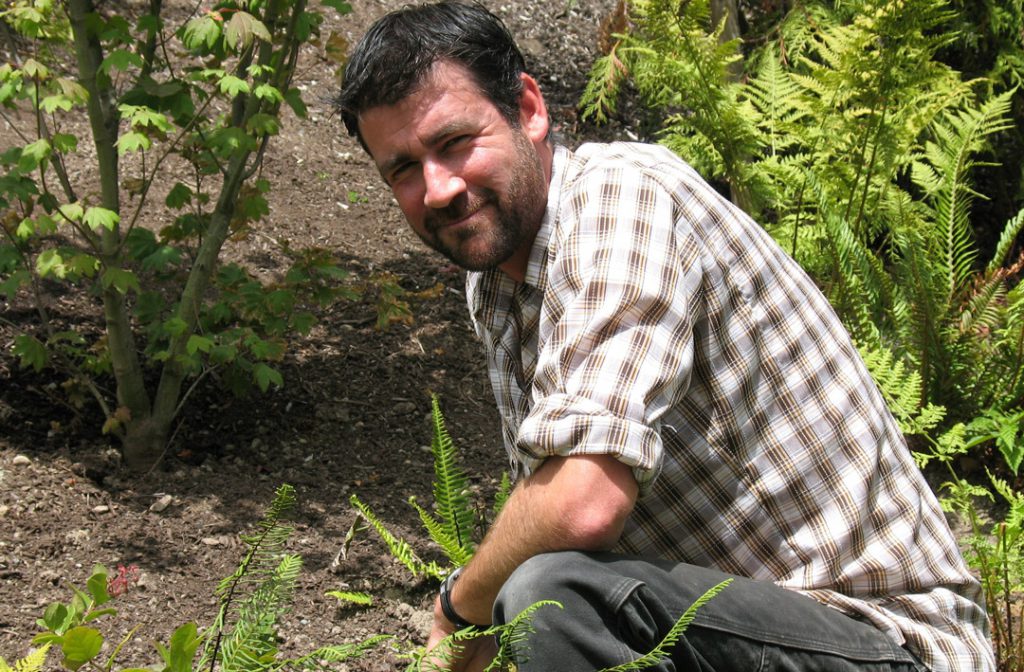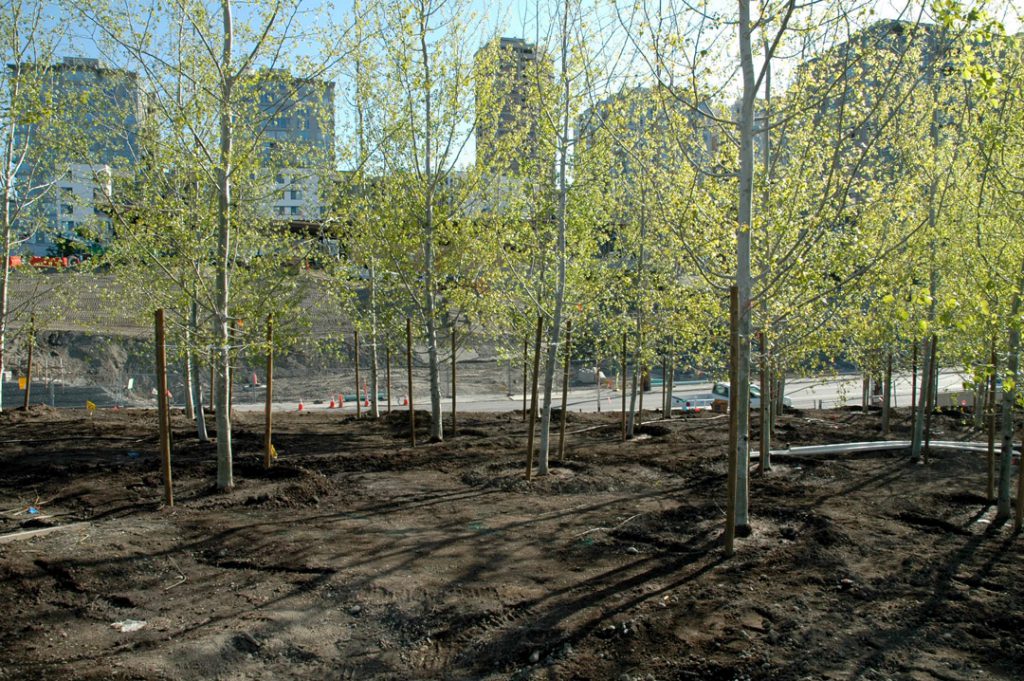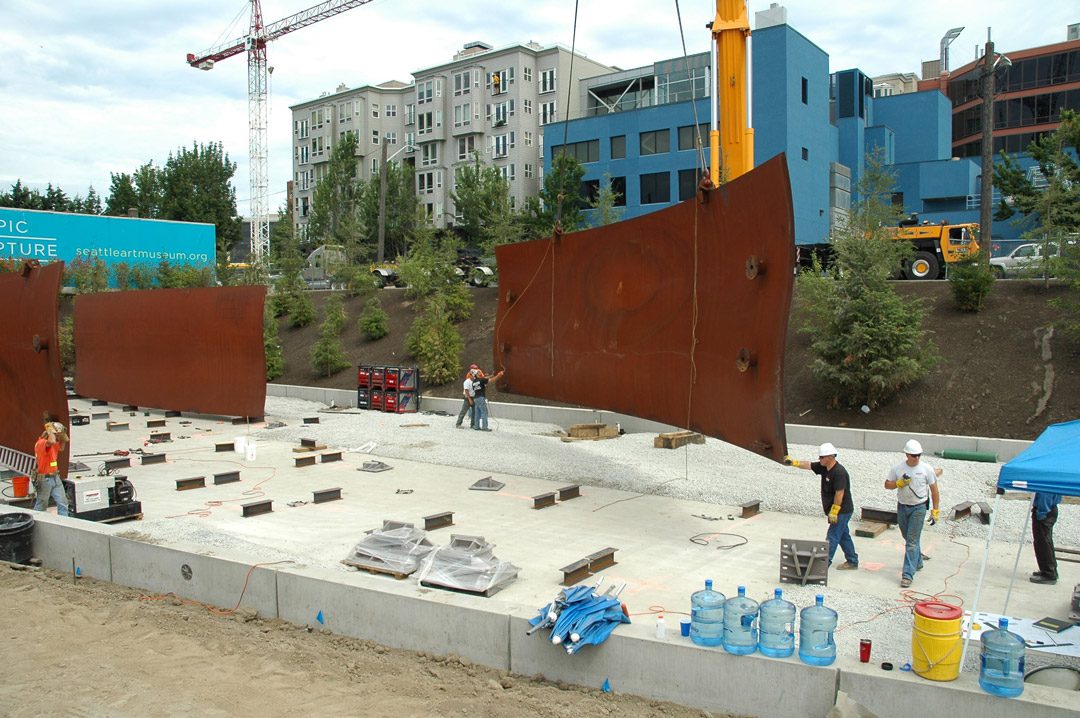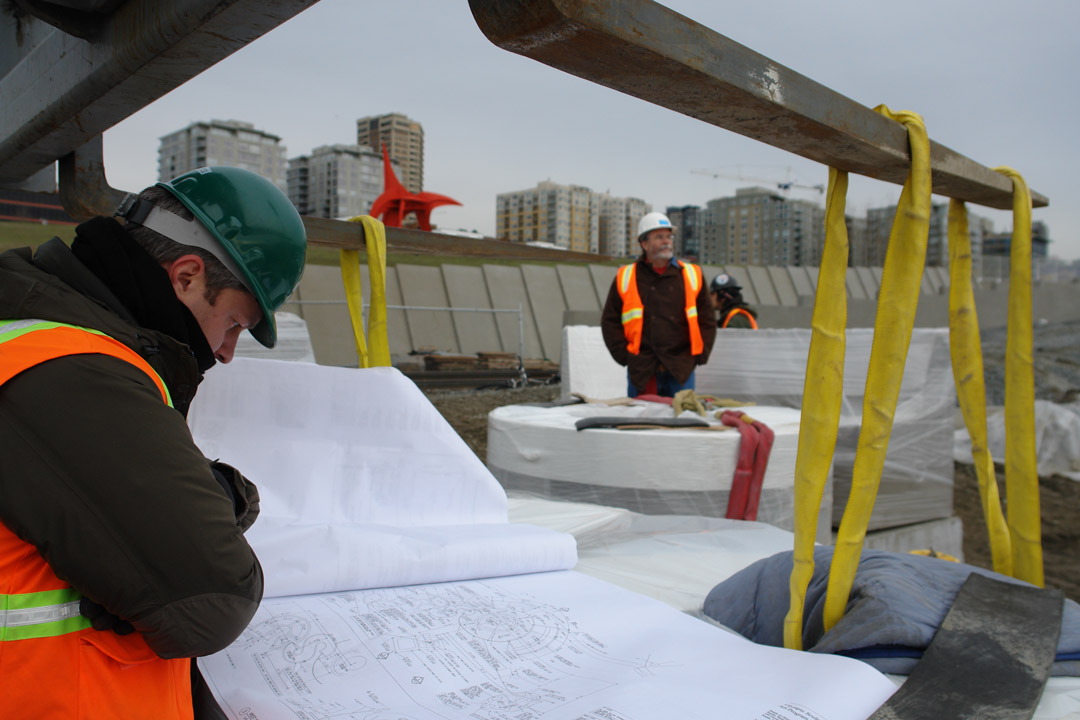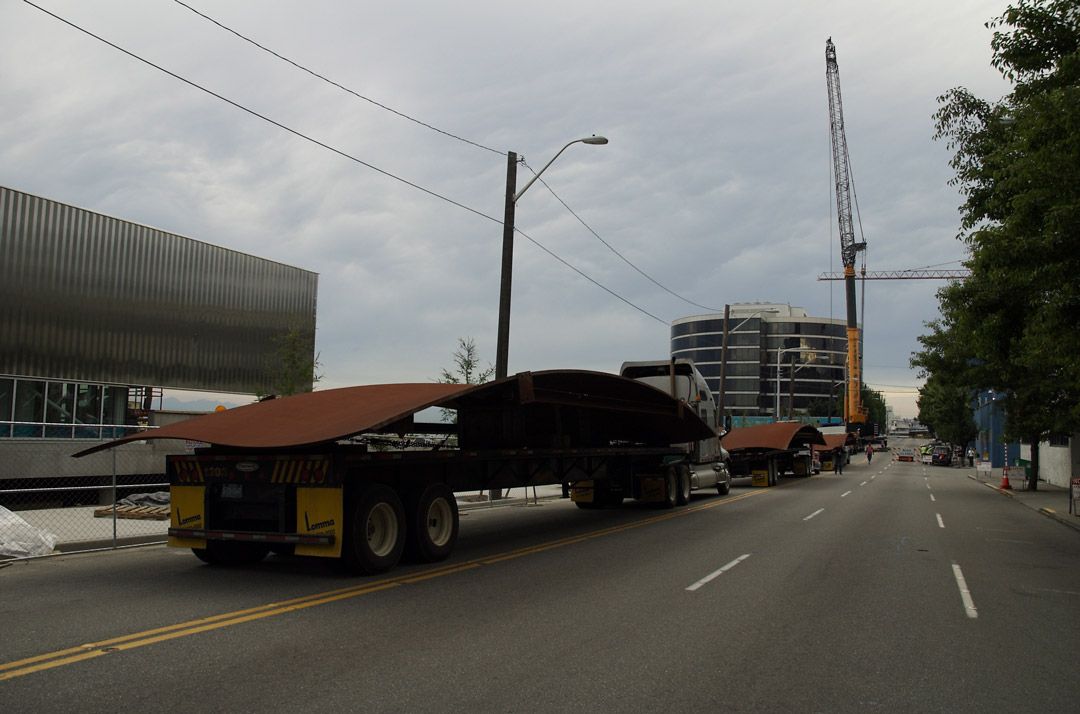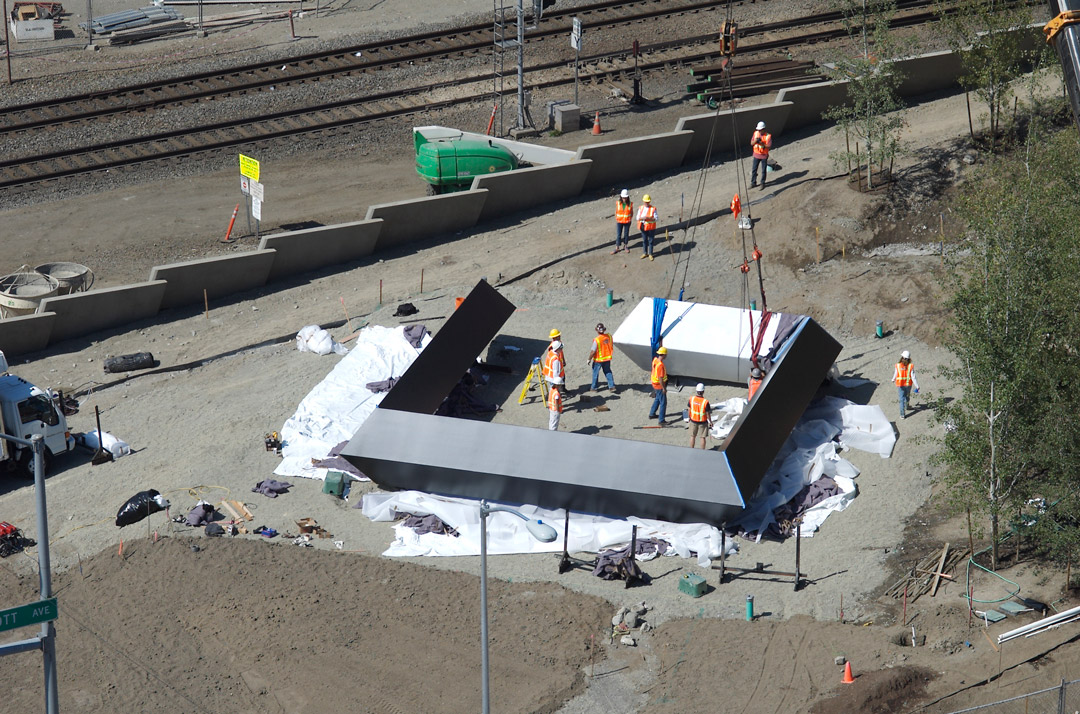Muse/News: Building Love, Butler’s Street, and an Art KO
SAM News
Via 425 Magazine: “Local Creative Pros on the Northwest Places That Make Them Swoon.” Architect Jim Graham admires how the Olympic Sculpture Park’s PACCAR Pavilion “mixes seamlessly and beautifully with the landscape.” And interior designer Kirsten Conner appreciates the Seattle Asian Art Museum’s original Art Deco design and 21st-century update (she even had her wedding reception there!).
Culture Type is among the outlets announcing the news that Baltimore-based artist Joyce J. Scott will be featured in a retrospective of her 50-year career. Walk a Mile in My Dreams opens at the Baltimore Museum of Art in March 2024 and then heads to SAM next fall.
Local News
ICYMI: Check out Susan Fried’s photo essay on Umoja Fest 2023.
Via The Seattle Times: “Seattle City Council approves nearly $1M grant for Cinerama.” Full speed ahead for SIFF as they look to launch a capital campaign to get the theater open again.
The Stranger’s Charles Mudede reflects on the philosophy of writer Octavia Butler on the occasion of a street being named for her in Lake Forest Park.
“Butler moved here from Southern California in 1999. She bought a simple but cozy-looking house at the top of a hill and near three things she could not live without: a nearby bus stop, a nearby bookstore, and a nearby supermarket.”
Inter/National News
Watch a New York Times exclusive: “How a Rare Portrait of an Enslaved Child Arrived at the Met.”
Via Artforum: The New Yorker has announced Jackson Arn as its new art critic, succeeding Peter Schjeldahl in the role.
Artnet’s Eileen Kinsella on a “Knockout Show on the Surprising Links Between Art and Boxing” that spans two venues in New York.
“‘We discovered women artists using boxing as a shorthand for victimization or an idea of empowerment. The fact that the boxer was like a Schroedinger’s Cat… both a winner and a loser,’ is a through line of the show, said [curator Sara] Cochran.”
And Finally
– Rachel Eggers, SAM Associate Director of Public Relations
Photo: Chloe Collyer.
